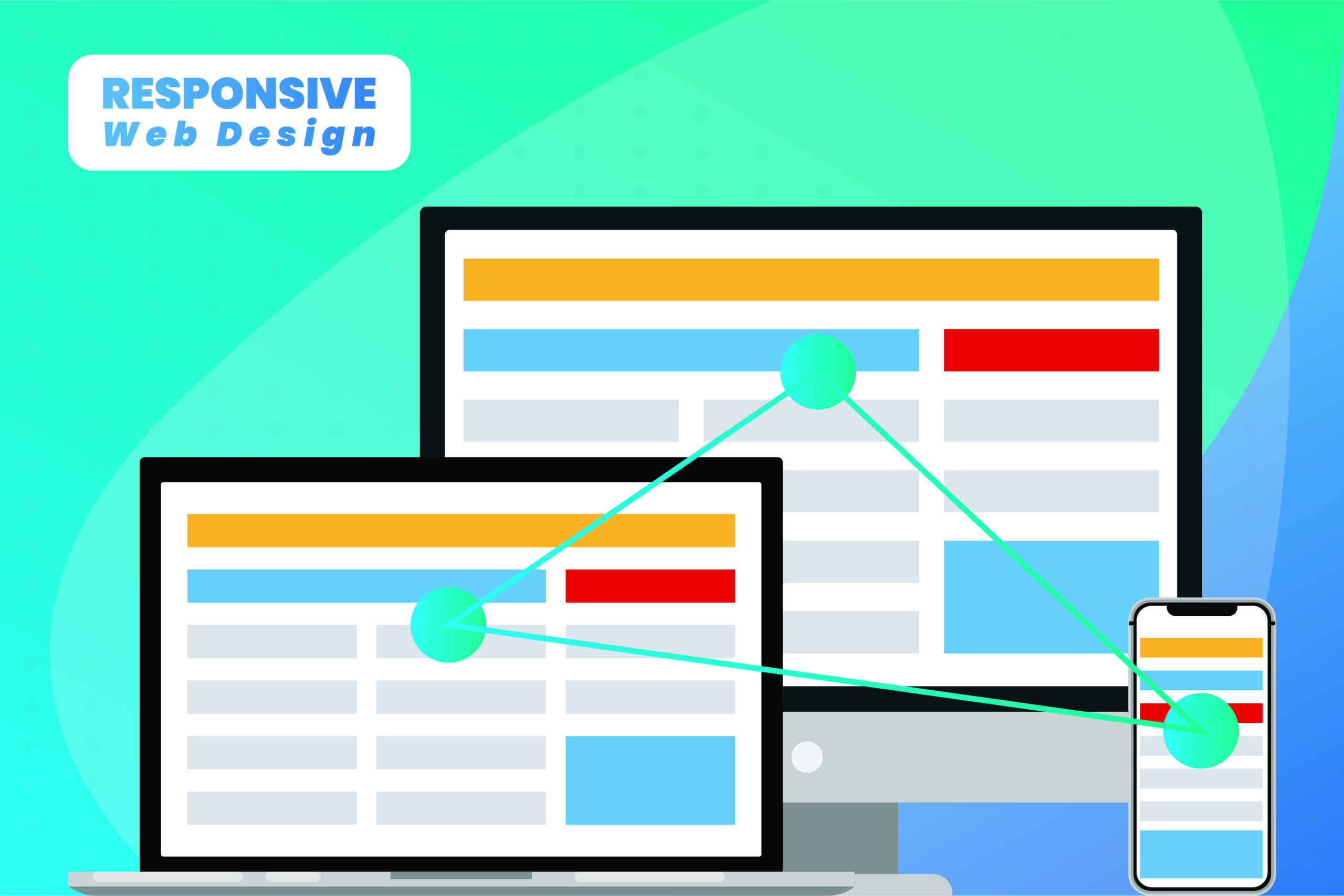
Responsive Web Design
This entry was posted on Wednesday December 1, 2021What Is Responsive Web Design?
Responsive design is a way to deal with website architecture that makes your web content adjust to the diverse screen and window sizes of an assortment of gadgets.
For instance, your substance may be isolated into various sections on work area screens, since they are adequately wide to oblige that plan.
On the off chance that you separate your substance into different sections on a cell phone, it will be difficult for clients to peruse and connect with.
Responsive design makes it conceivable to convey various, separate formats of your substance and plan to various gadgets relying upon screen size.
Responsive Web Design vs Adaptive Design
The difference between responsive design and adaptive design is that responsive design adapts the rendering of a single page version. In contrast, adaptive design delivers multiple completely different versions of the same page.
They are both crucial web design trends that help webmasters control how their site looks on different screens, but the approach is different.
With responsive design, users will access the same basic file through their browser, regardless of device, but CSS code will control the layout and render it differently based on screen size. With adaptive design, there is a script that checks for the screen size, and then accesses the template designed for that device.
Are WordPress Sites Responsive?
Regardless of whether WordPress destinations are responsive relies upon the topic of your WP site. A WordPress subject is what could be compared to a format for a static site and controls the plan and design of your substance.
If you utilize a default WordPress topic, similar to Twenty, the plan is responsive, however since it’s a solitary section plan, you probably won’t understand it when checking out it on various screens.
On the off chance that you utilize another WordPress subject, you can test in case it’s responsive or not by contrasting what it looks like on changed gadgets or utilizing Chrome Developer Tools.
The Building Blocks of Responsive Web Design
In this section, we’ll cover the underlying foundation for responsive website design and its different building blocks.
- CSS and HTML
- Media Queries
- Fluid Layouts
- Flexbox Layout
- Responsive Images
- Speed
Common Responsive Breakpoints
To work with media inquiries, you really want to settle on the “responsive breakpoints” or screen size breakpoints. A breakpoint is the width of the screen where you utilize a media inquiry to carry out new CSS styles.
Common screen sizes
- Mobile: 360 x 640
- Mobile: 375 x 667
- Mobile: 360 x 720
- iPhone X: 375 x 812
- Pixel 2: 411 x 731
- Tablet: 768 x 1024
- Laptop: 1366 x 768
- High-res laptop or desktop: 1920 x 1080
If you pick a portable first way to deal with plan, with a solitary segment and more modest text dimensions as the premise, you don’t have to incorporate versatile breakpoints — except if you need to enhance the plan for explicit models.
Summary
There are various components that go into responsive website architecture. Without a fundamental comprehension of HTML and CSS, it tends to be not difficult to commit errors.
In any case, through diving more deeply into the diverse structure blocks, dissecting the models with web dev devices, and testing as you go utilizing the example code, you ought to have the option to make your site responsive with practically no significant issue.
Assuming that sounds an excessive amount to accomplish, you can generally either recruit a WordPress designer or just ensure your topic is as of now responsive.
